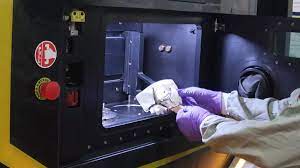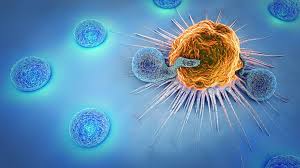
In a significant stride towards aiding individuals affected by the debilitating repercussions of black fungus disease, researchers at the Indian Institute of Technology (IIT) Madras have introduced a pioneering solution: patient-specific 3D-printed face implants.
Commonly known as Mucormycosis, black fungus disease has emerged as a grave concern in India, especially post-Covid, impacting individuals with uncontrolled diabetes, HIV/AIDS, and other medical conditions. Reports estimate nearly 60,000 registered cases of mucormycosis in the country following Covid-19.
One of the disease’s devastating effects involves severe facial tissue invasion, leading to necrosis and disfigurement, causing patients to endure the loss of vital facial features like the nose or eyes. This dire situation not only affects physical functionality but also profoundly influences mental and emotional well-being.
Recognizing the dire need for innovative solutions, IIT Madras collaborated with ZorioX Innovation labs, a start-up spearheaded by Dental Surgeons in Chennai, to develop patient-specific face implants using metal 3D printing technology.
Utilizing medical-grade titanium, a material extensively employed in reconstructive surgeries, these implants are customized for individual patients’ needs. Dr. Murugaiyan Amirthalingam, Associate Professor at IIT Madras’ Department of Metallurgical and Materials Engineering, highlighted the cost-effective nature of additive manufacturing and its potential in crafting intricate body implants.
Dr. Amirthalingam explained the process, stating that unique algorithms convert patients’ MRI/CT data into a printable CAD format. The implants are then constructed using medical-grade titanium within IIT Madras’ indigenous laser powder bed facility.
The initiative, named #Right2Face, aims to assist economically disadvantaged individuals by offering around 50 patient-specific maxillofacial implants. This endeavor serves as a beacon of hope for those lacking access to expensive reconstructive procedures, providing renewed possibilities for black fungus patients in dire need of facial reconstruction.











